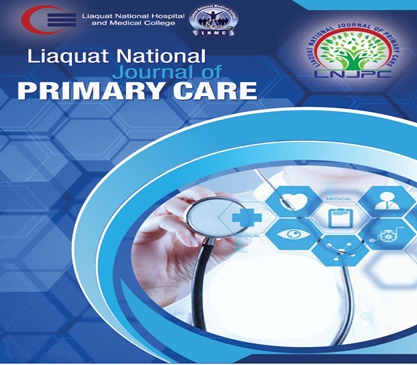Review Article
A Narrative Review on Current Development and Future Prospects for the Treatment of Dengue Virus Infection
Abstract
-
Incidences of dengue-virus infection are increasing globally. Around 3.90 billion population is at high risk of infection. There is no cure/prevention available. Hence aim of the current review was the evaluation of current development and prospects for the production of safe anti-dengue drugs. The data of review was synthesized by PRISMA. Grading of Recommendation Assessment, Development, and Evaluation criteria were employed to establish the quality of the literature. Many drugs/compounds have shown promising prospects. Target site of these drugs on dengue virus were inhibition of replication (N-sulfonyl peptide-hybrids, milk-exosomes, sunitinib, schisandrin-A, cavinafungin, minocycline, 4-hydroxyphenyl retinamide, Goniothalamus umbrosus, Dryopteris crassirhizoma, Morus alba, statins), protease-enzyme (Thiazolidinone-peptide, nelfinavir, carnosine, 1,2-benzisothiazol-3(2H)- one and 1,3,4-oxadiazole), capsid-protein (Juglanin and silymarin), NS4B-gene (Desatinib), entry-in-host-cell (Duramycin, glycodendrimers, curdlan sulfate), RNA-capping (Lanatoside-C), fusion (Chloroquine) and NS3-helicase (Suramina). Many compounds/drugs are found effective by targeting the structural proteins of the dengue virus to use as a therapy in the future.
- Keywords: Dengue infection,virus replication,fusion,capsid,NS3 helicase,protease,treatment
Back to All Articles

